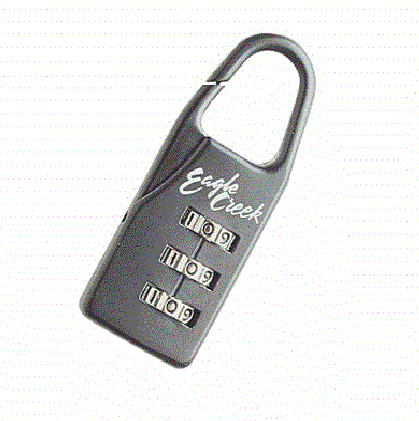1 Any Number of Buttons
One way to extend the Simplex Lock Problem is to consider not just a 5-button lock,
but locks with any number of buttons. If you have an n-button Simplex Lock, how
many combinations will it have?
2 Picking a Lock
The 5-button Simplex Lock has only 1,082 possible combinations. By comparison,
this 3-dial lock (three wheels, each with digits 0-9) has 10 × 10 × 10 = 1, 000 possible
combinations.

The total number of combinations is not very different, but the Simplex Lock is
much harder to pick because it is harder to systematically test each possible
combination.
In the lock above, you can simply list numbers 000-999, lowest to highest, and
you will test each combination. If you change the lock to 4 dials, the number of
combinations is now 10,000, but you can still step through all of them using the same
strategy: List the numbers 0000-9999.
How could you systematically test each combination of a 5-button Simplex Lock?
This requires finding a way to list them all without missing any and without
duplication. Can you extend your algorithm for lisiting combinations to an n-button
lock?

3 Stirling Numbers
A student in Oakland, California, came up with the following idea: You make a
picture like Pascal’s triangle, except that in adding entries from one row to the next,
each number on row N has a weight, which is its position within the row (starting
from 1). For example:
![1[1]
1[1] 1[2]
1[1] 3[2] 2[3]
1[1] 7[2] 12[3] 6[4]
1[1] 15[2] 50[3] 60[4] 24[5]](../../images/lock/simplexpick1x.gif)
The numbers in brackets are the weights. So for example the 7 in the fourth row is
1 × 1 + 3 × 2. The 50 in the fifth row is 7 × 2 + 12 × 3. And the sum of each row is
(starting at n = 0) is the number of combinations in an n-button Simplex
lock.”
The numbers in this triangle are related to the famous “Stirling numbers of the
second kind”. Find out about Stirling numbers and
use them to find a solution to the Simplex lock problem.

